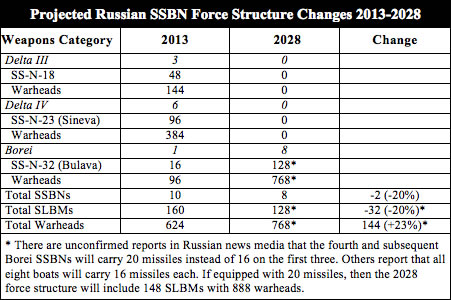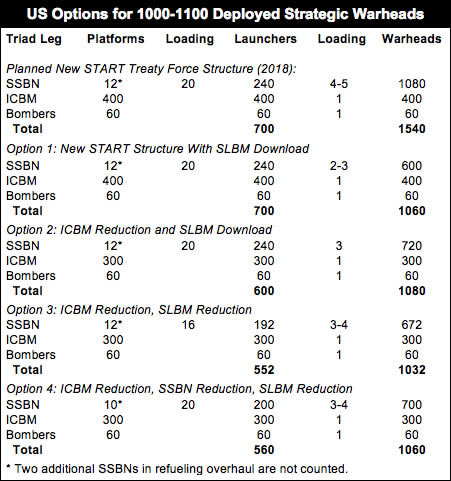Shotgunner51
RETIRED INTL MOD

- Joined
- Jan 6, 2015
- Messages
- 7,165
- Reaction score
- 48
- Country
- Location
Update on China's DF-31A, DF-5B, and DF-41 ICBMs | Popular Science
The infographic below shows the range of different Chinese missile platforms, you have mentioned those ICBM targeting US including DF-31A, DF-41 and DF-5. Also there is SLBM JL-2. China should modify NFU doctrine, maintain a sizable stock of DF-5 (when used as SLV then it is LM-2) and use it in preemptive strike when security situation deems necessary.
Shorter range ICBM should be used for western Europe, that's DF-31.
IRBM like DF-21, DF-26 and a range of cruise missiles can cover US bases in Asia Pacific, South Asia and Middle East.
http://www.businessinsider.com/chinese-missiles-range-chart-2017-1













